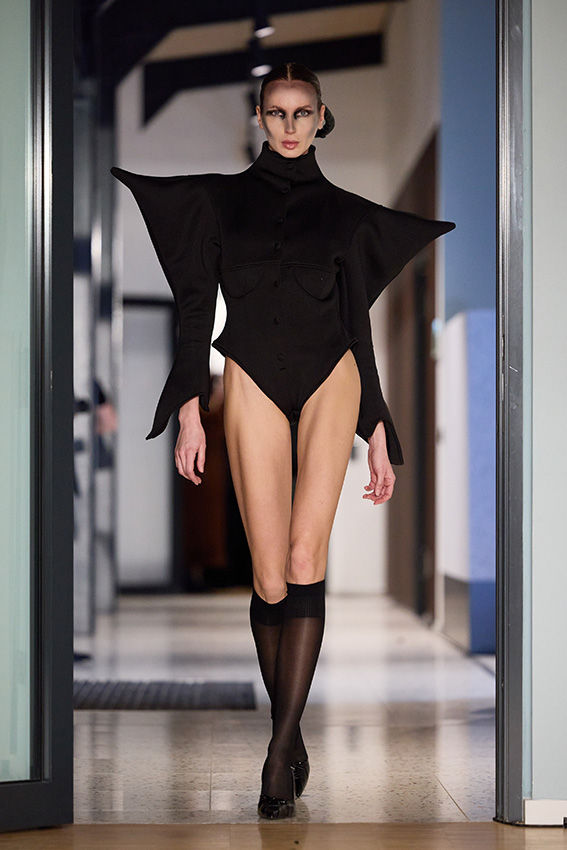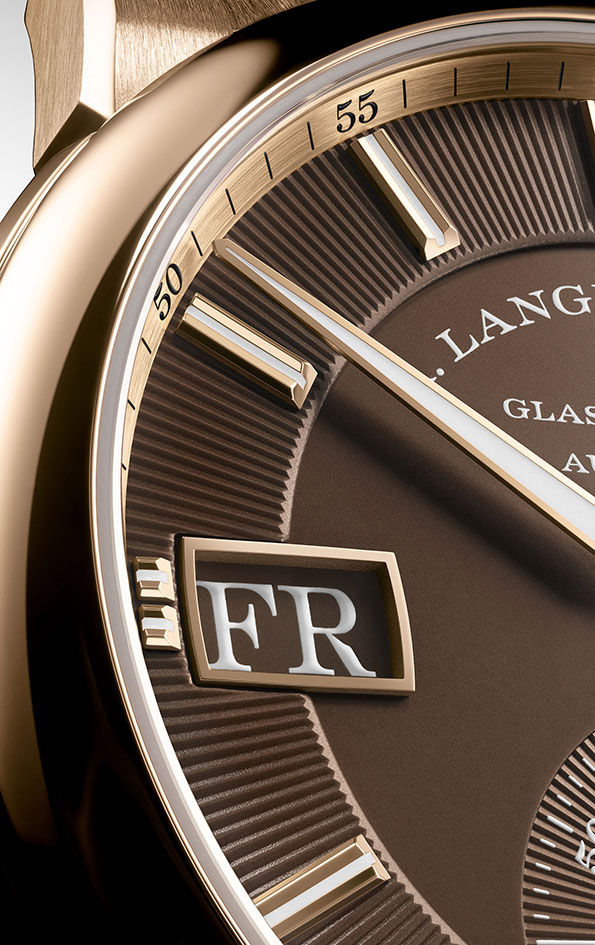IDENTITY THROUGH WINE, COFFEE, AND PERFUME
- ARTISTIC HUB MAGAZINE

- Aug 27
- 3 min read
Updated: Oct 24
Design that Opens a Story
The first encounter with wine, coffee, or perfume is rarely about taste or scent. The eye wanders first across paper, color, typography, the proportions of a bottle or a box. At that moment, design is not decoration, it is a message. It determines how we perceive a product and what we think of it before we even experience it. When consistent and intelligent, form becomes part of content itself.
In California, the winery Field Recordings shows how a label can become a story in itself. Andrew Jones, its founder and winemaker, builds a world where every wine carries its own character, name, and visual code. The labels are free of vineyards and clichés, instead featuring graphic motifs and unexpected references. They evoke vinyl records, independent posters, or Polaroids - objects that capture the spirit of culture and everyday life. Unlike many California wineries that still lean on landscape and tradition, Field Recordings translates wine into the language of visual culture, closer to design than to agronomy. The label does not merely announce what is inside the bottle, it interprets it. The buyer feels part of a narrative rather than just a consumer.
Further north on the American continent, in Arkansas, Onyx Coffee Lab opens the second chapter of this story. Its packaging has long been an example of how design can create ritual. The box holding the bag of beans feels like a small gift: it opens slowly, through the touch of a matte surface and embossed typography. On the outside stands clean, monochromatic lettering; inside waits a card with details about the farm and processes - a kind of identity card for the coffee. Here, design does not conceal the product, it gives it a face.
Onyx has shifted the boundaries of the specialty coffee world: the buyer receives not only flavor but also a story of origin and of the people behind it. This builds trust and transforms packaging into something as powerful as the aroma in the cup. From a critical perspective, it also raises a question of limits - where ritual ends and aestheticization begins. When packaging turns into a luxury object of its own, design enters the territory of fetishizing the everyday. Yet it is precisely this tension that makes it such a fascinating case.
In Paris, Olfactive Studio unites perfume and photography into a single whole. Its identity emerges from the collaboration of perfumers and photographers: scent and image travel side by side. The bottles are refined, the labels restrained, and at the center stands a black-and-white photograph that conveys emotion. It is not illustration but artwork, becoming part of the packaging itself. When a buyer holds the perfume, they also hold a frame - a frozen moment, a visual story that reveals what lies behind the fragrance. Such reserved elegance and clarity shape an identity that feels both modern and timeless. A critic might add that this concept draws on the practices of 1960s conceptual art, where documentation carried as much weight as the work itself. Here the photograph becomes proof that fragrance has a cultural context, that it belongs to a wider artistic tradition.
Three brands, three industries, one message: design is not a secondary layer of a product, it is part of its truth. Wine can speak through a label like a portrait, coffee can reveal the farmer’s face on its package, and perfume can unfold through a photograph. Everything begins with a glance, and it ends with trust. In a world flooded with choices, trust has become the most precious luxury.






